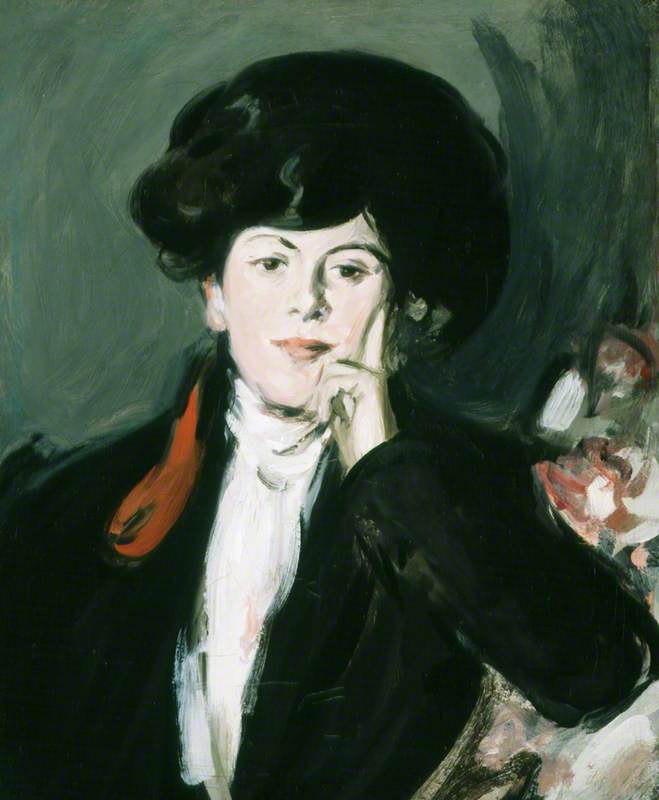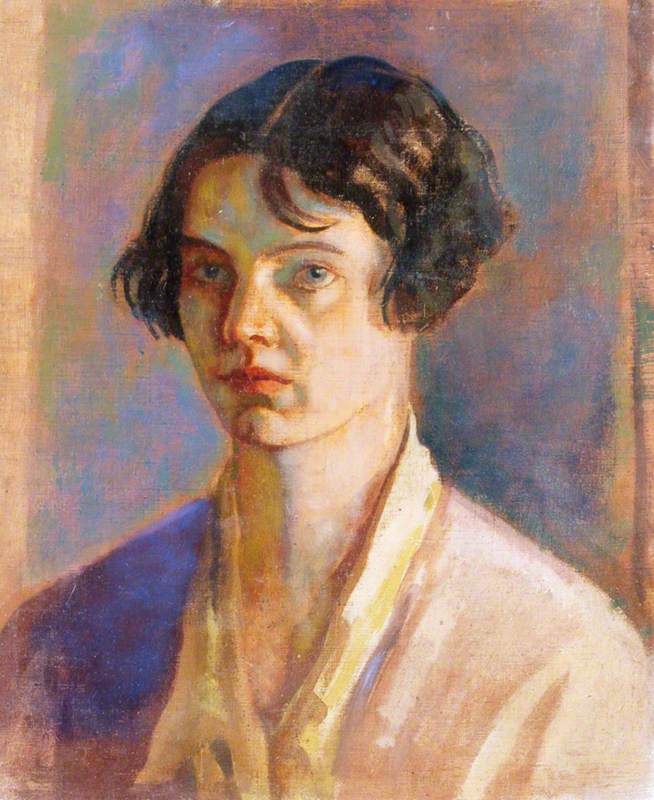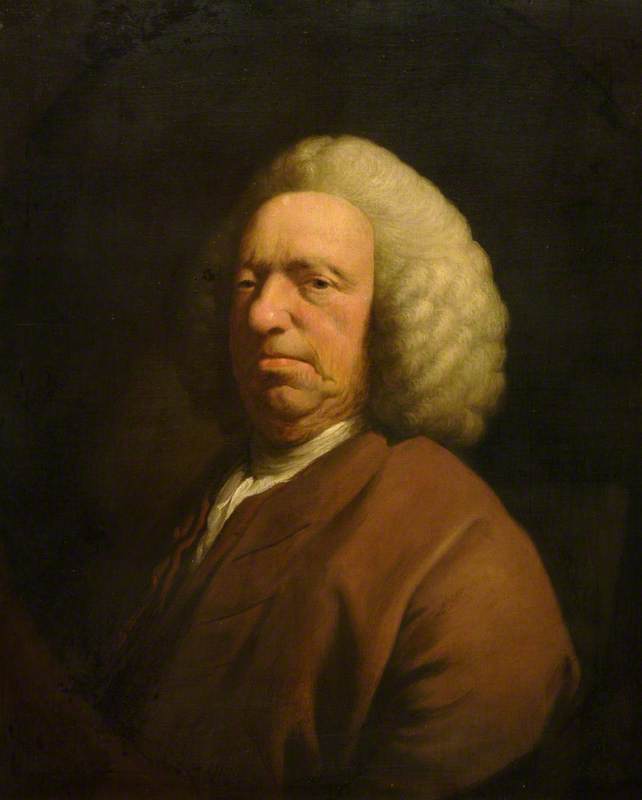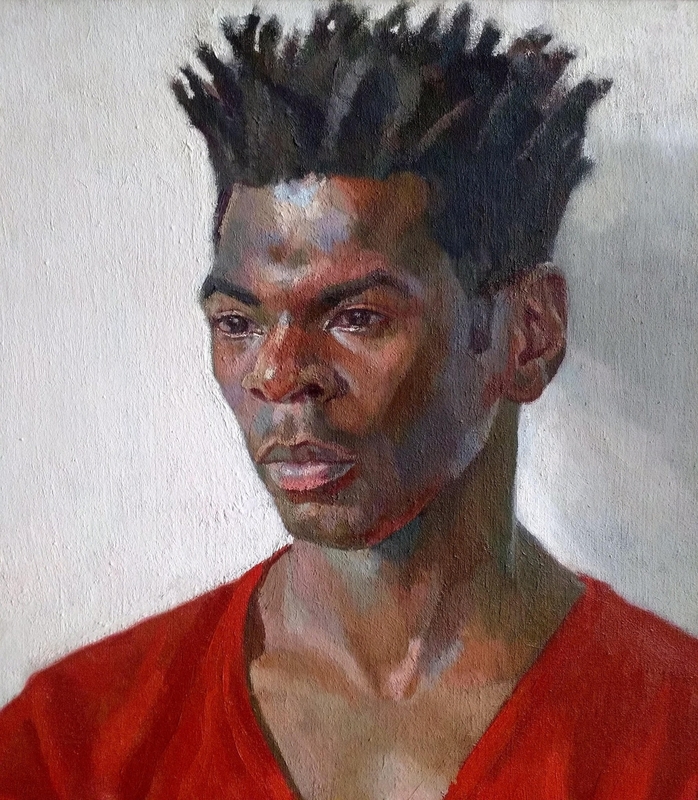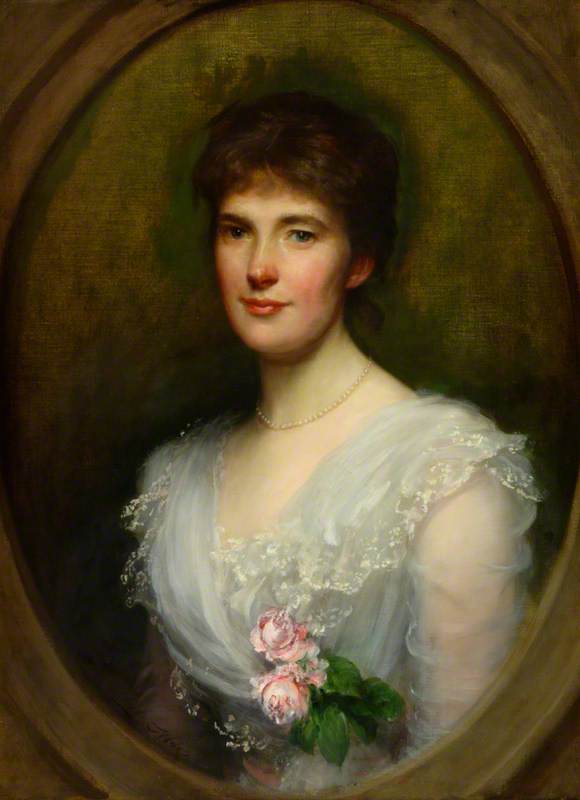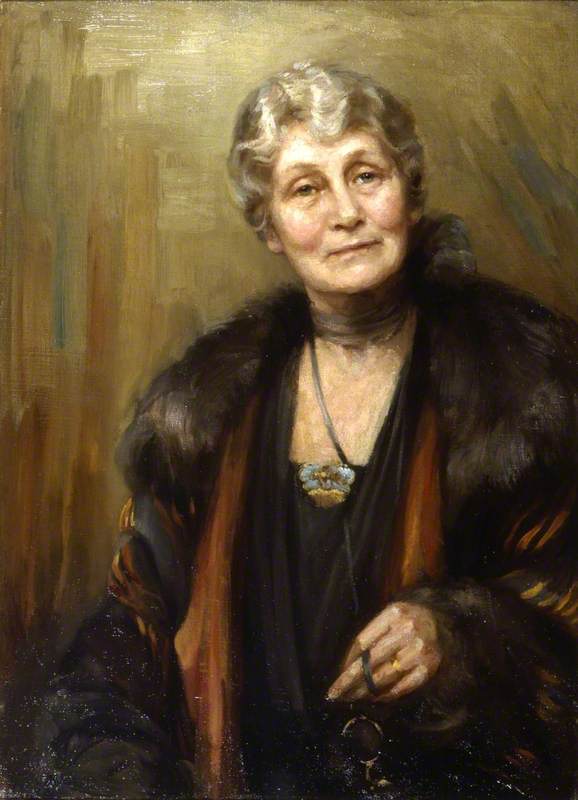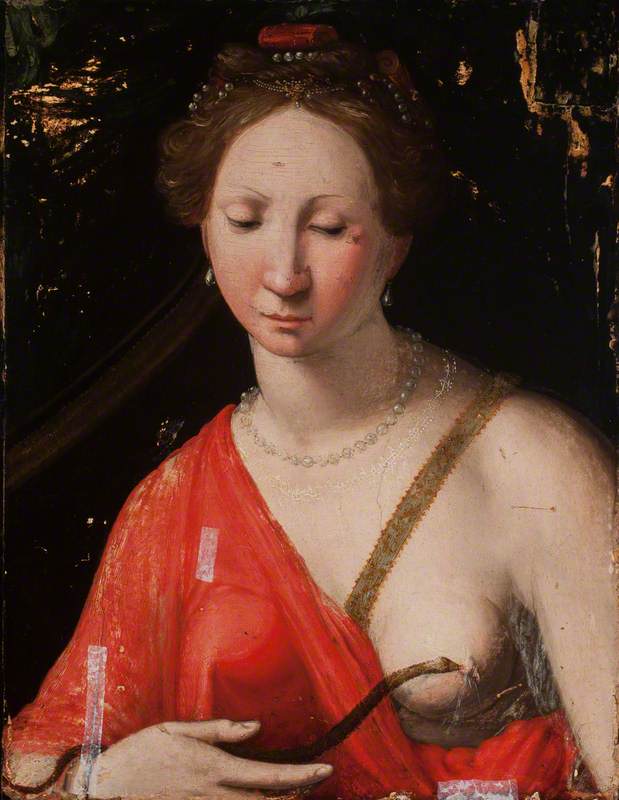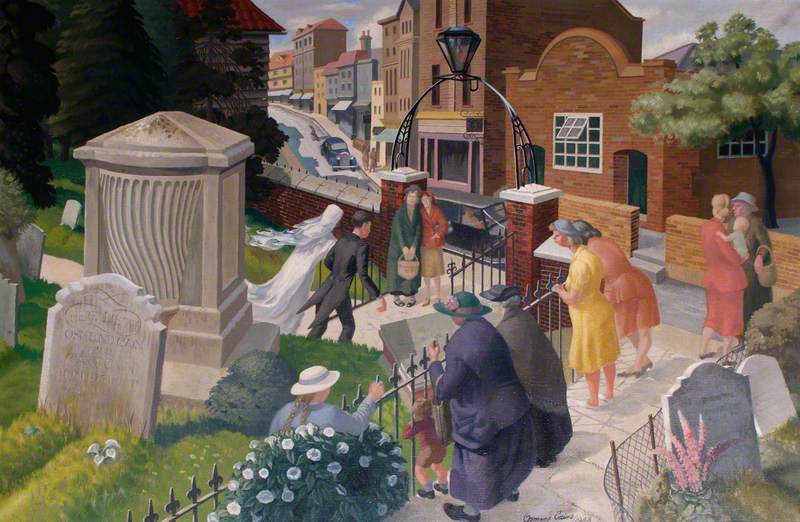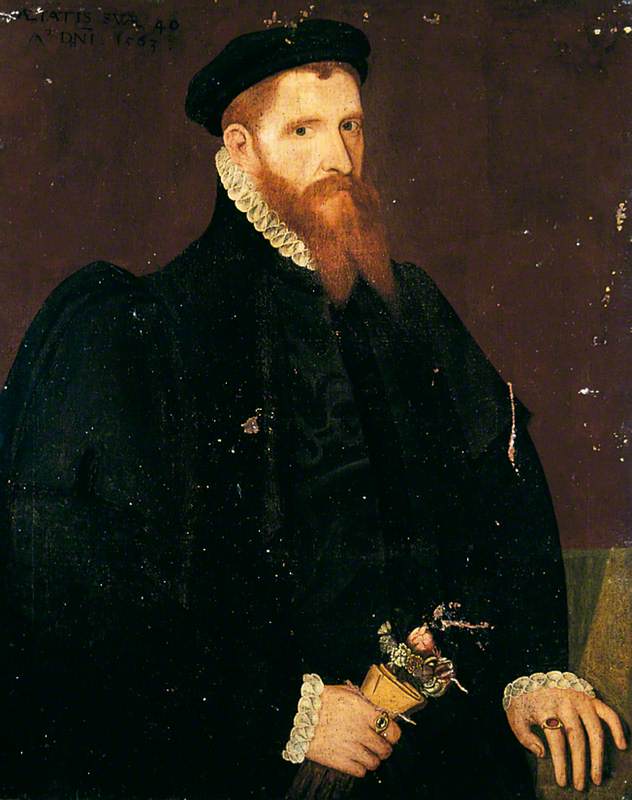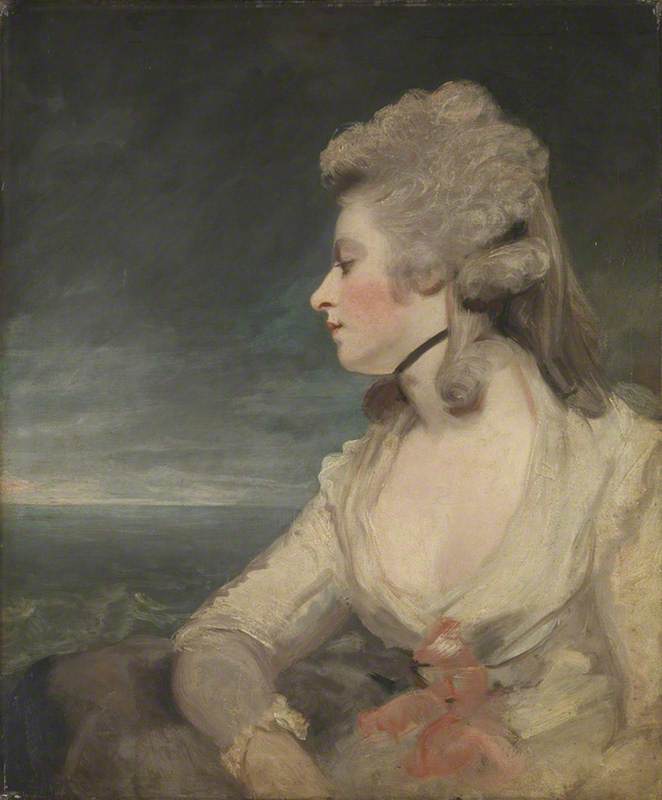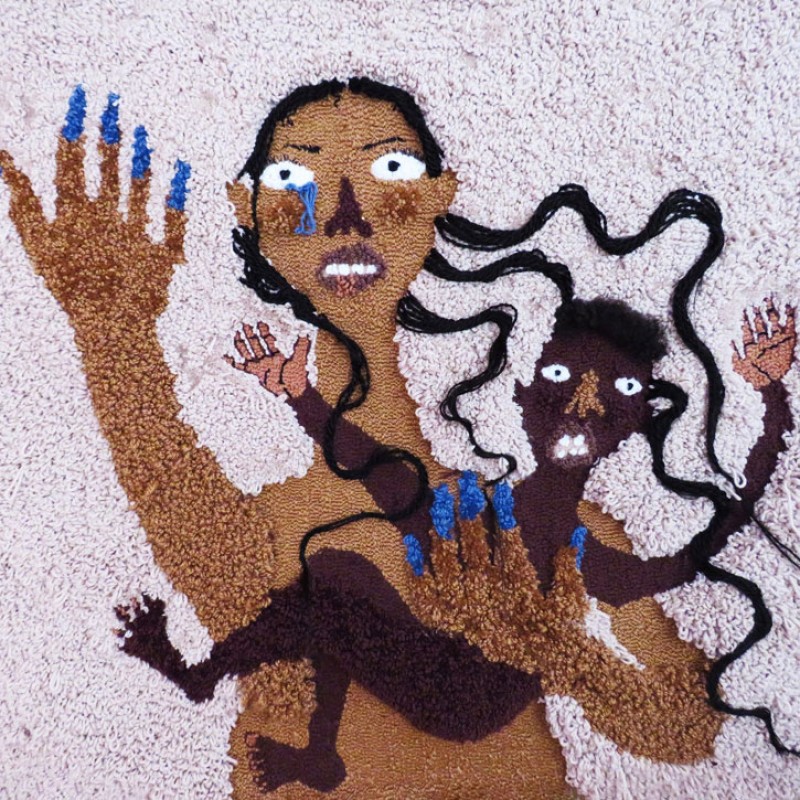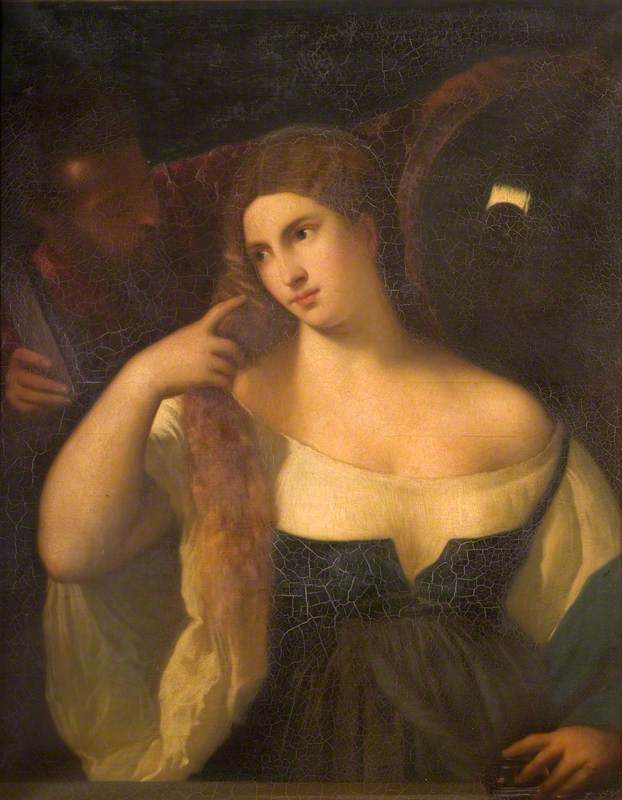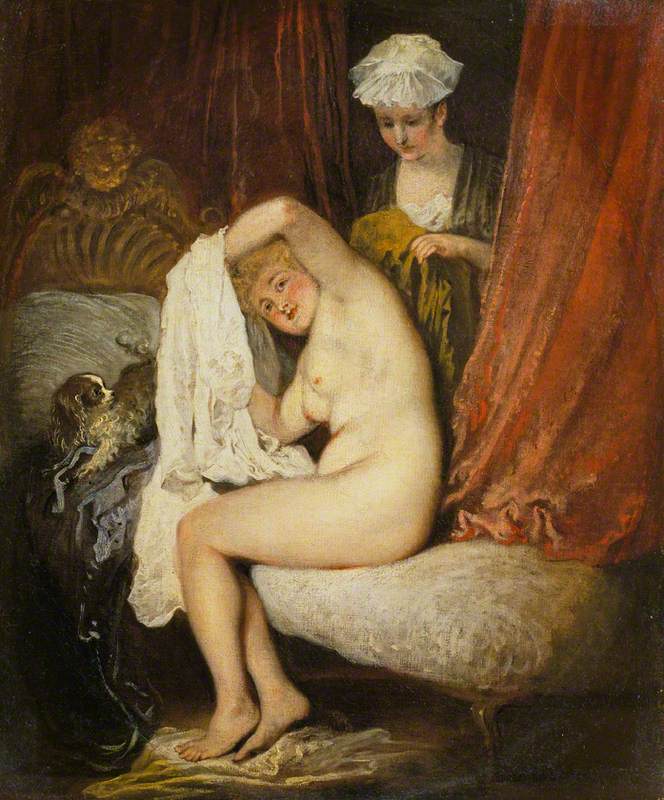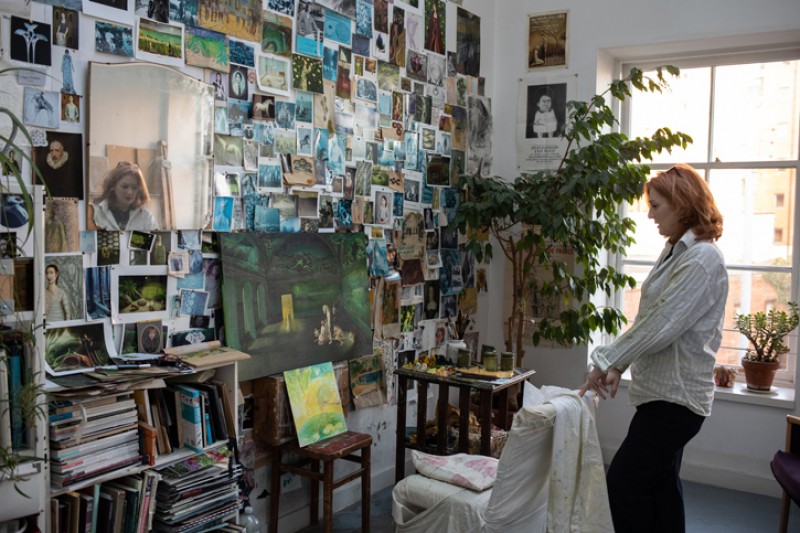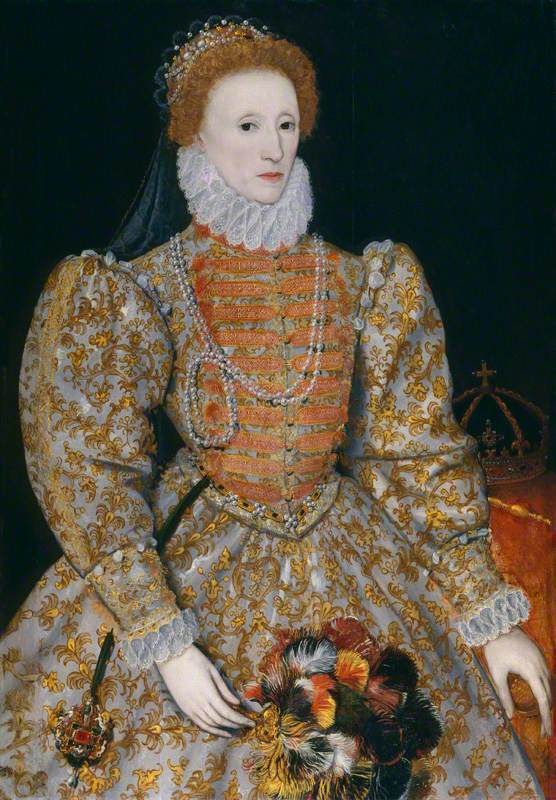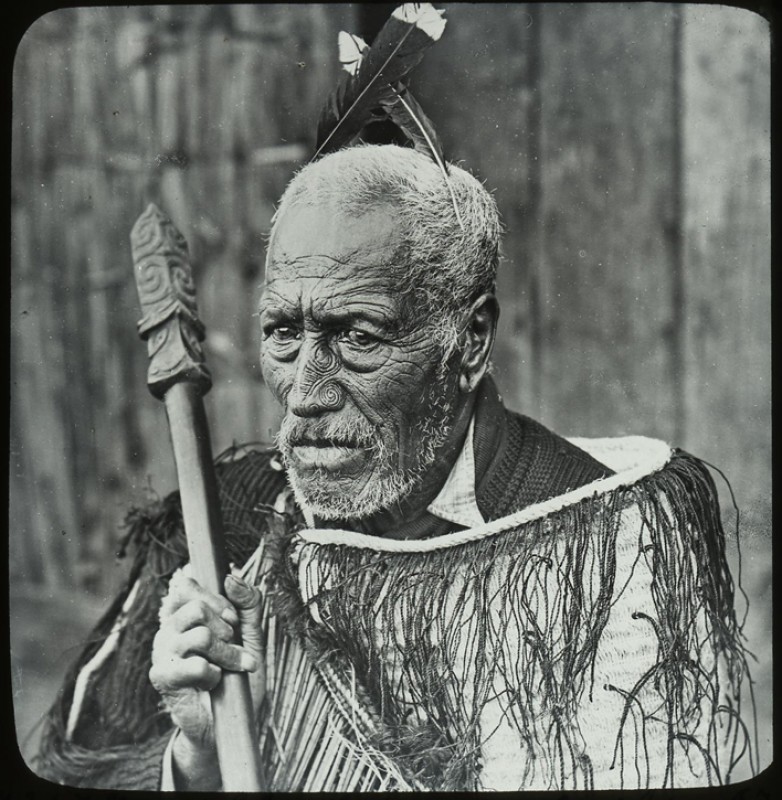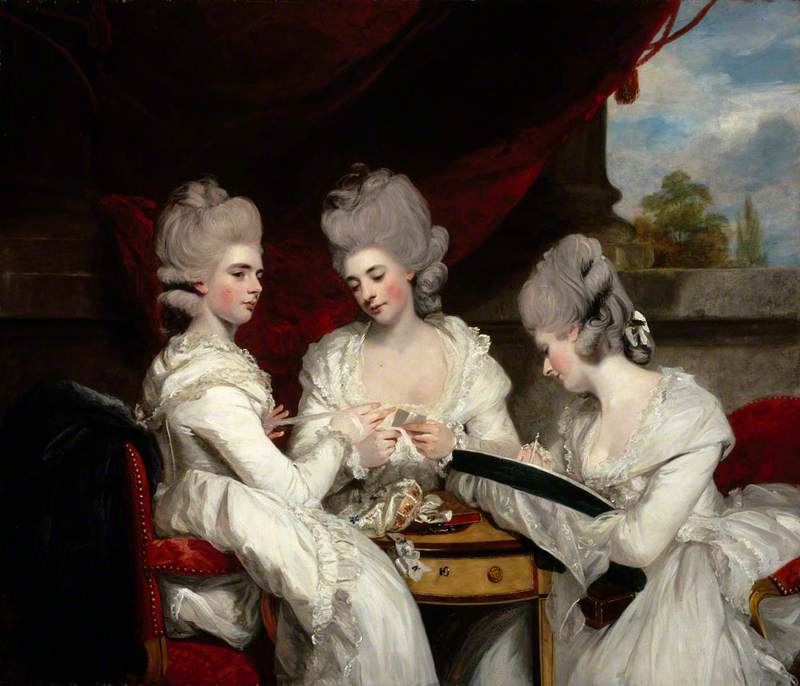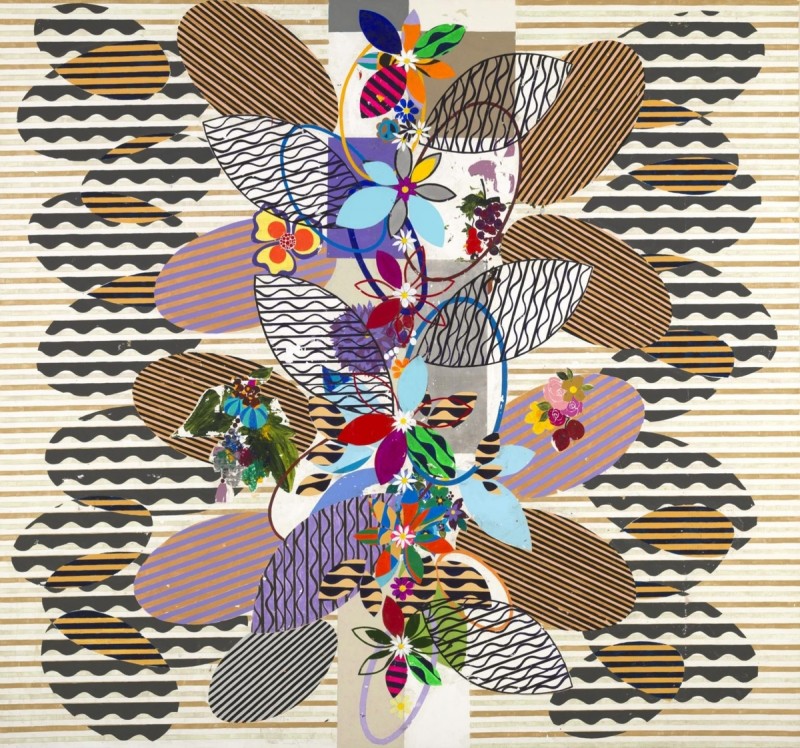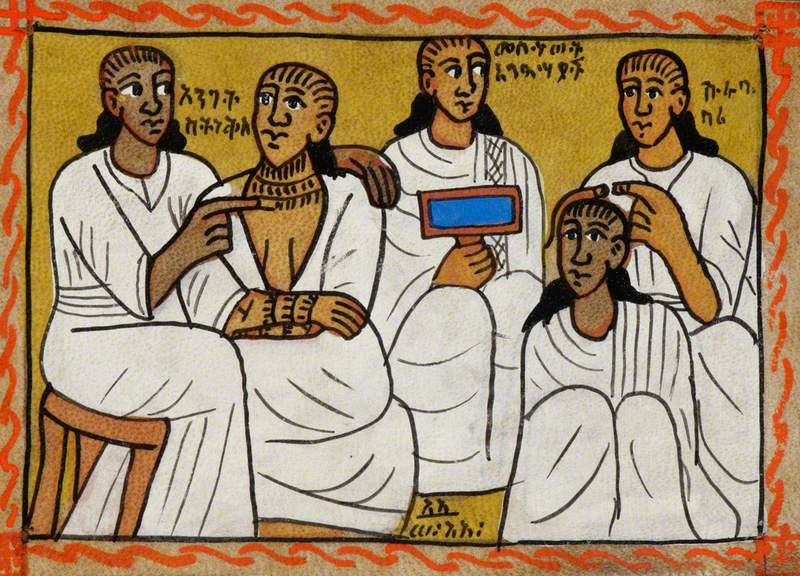
The most familiar hairstyle in paintings is the wig, a feature of male fashion in Europe from the mid-seventeenth to the late eighteenth centuries. Men shaved their heads and in informal portraits wear caps. Women did not regularly wear wigs, but elaborated their hair with extensions and coiffeurs. As an important element of fashion, hair and wig styles can be used to date portraits and, similarly, dated portraits can illustrate changes in fashion.
The use of cosmetics is less obvious in art, but the upper classes valued a pale skin to differentiate themselves from workers. This and the use of rouge can be clearly seen in some late eighteenth-century female portraits. Painters of theatrical subjects often depict performers applying their make-up.
